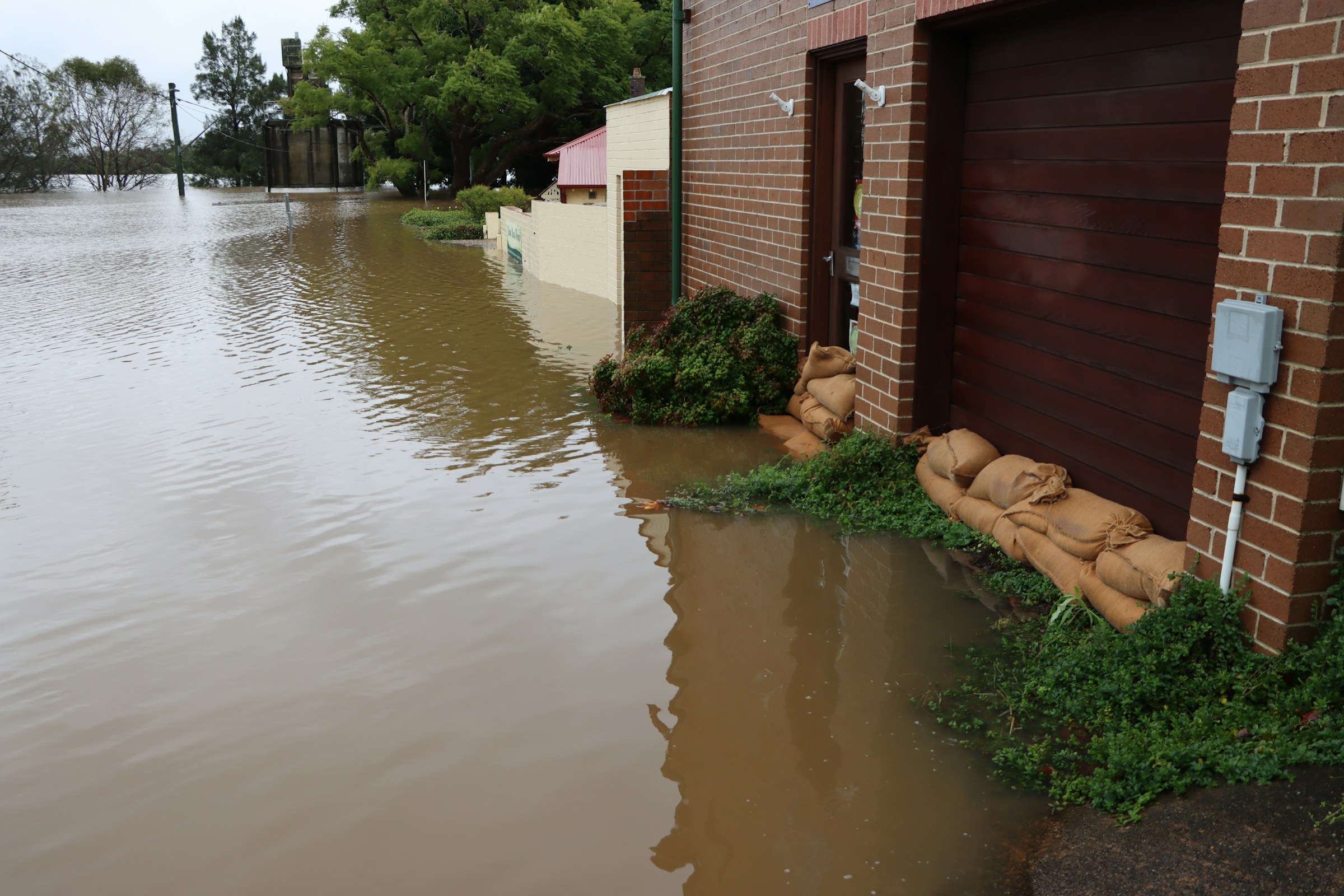Storm Damage Cleanup: Professional Services for Fast Recovery
Understand how storm damage cleanup near you is carried out, including emergency cleanup and 24 hour disaster repair. This guide explains how local teams restore safety, handle debris removal and offer affordable services after severe weather events.

How Storm Damage Cleanup Services Work in Your Area
Local storm damage cleanup teams follow established protocols to assess and address property damage systematically. The process typically begins with emergency stabilization, including temporary roof repairs, board-up services for broken windows, and water extraction to prevent further damage. Professional crews conduct thorough inspections to identify structural concerns, electrical hazards, and potential mold risks before beginning full-scale restoration work.
Teams prioritize safety by securing the property perimeter and removing immediate hazards like fallen power lines or unstable trees. Documentation plays a crucial role, with professionals photographing damage for insurance claims while creating detailed restoration plans. This organized approach ensures nothing gets overlooked during the emotional and chaotic period following severe weather events.
Emergency Cleanup and 24-Hour Disaster Repair Services
Storm damage doesn’t follow business hours, which is why many cleanup companies offer 24-hour emergency response services. These rapid-response teams arrive equipped with industrial-grade pumps, generators, dehumidifiers, and temporary power solutions to begin immediate damage mitigation. Emergency services focus on preventing secondary damage that can occur when properties remain exposed to the elements.
Water damage requires particularly urgent attention, as standing water can lead to structural weakening and mold growth within 24-48 hours. Emergency crews use moisture detection equipment to locate hidden water damage in walls, flooring, and insulation. They establish proper ventilation and deploy commercial-grade drying equipment to begin the restoration process immediately, often saving property owners thousands in additional repair costs.
How Local Teams Restore Safety After Storms
Safety restoration involves multiple specialized tasks that require professional expertise and equipment. Local cleanup teams address electrical systems damaged by water or falling debris, working with licensed electricians to ensure power can be safely restored. They remove contaminated materials like flood-damaged drywall and insulation that could pose health risks if left untreated.
Structural assessments identify weakened support beams, compromised foundations, or roof damage that could endanger occupants. Professional teams coordinate with engineers and building inspectors when necessary to ensure all repairs meet local building codes and safety standards. This comprehensive approach protects both immediate safety and long-term structural integrity.
Debris Removal Services Following Severe Weather
Debris removal represents one of the most visible aspects of storm cleanup, involving everything from fallen trees and damaged roofing materials to personal belongings destroyed by wind or water. Professional crews sort debris into categories for proper disposal, recycling what’s possible and ensuring hazardous materials receive appropriate handling.
Large-scale debris removal requires specialized equipment including cranes, wood chippers, and heavy-duty trucks capable of handling substantial loads. Many cleanup companies coordinate with local waste management facilities and recycling centers to dispose of materials responsibly. This systematic approach helps communities recover more quickly while minimizing environmental impact from storm waste.
Affordable Storm Cleanup Services and Cost Considerations
Professional storm damage cleanup services typically range from $2,500 to $15,000 for residential properties, depending on damage severity and property size. Emergency water extraction services generally cost between $3-7 per square foot, while debris removal runs approximately $75-150 per hour for crew and equipment. Complete restoration projects can range from $10,000 to $50,000 or more for extensive damage.
| Service Type | Provider Examples | Cost Estimation |
|---|---|---|
| Emergency Water Extraction | ServPro, Rainbow International | $3-7 per sq ft |
| Debris Removal | Disaster Kleenup, Paul Davis Restoration | $75-150 per hour |
| Complete Storm Restoration | Belfor Property Restoration, 1-800 WATER DAMAGE | $10,000-50,000+ |
| Temporary Repairs | ServiceMaster Restore, Steamatic | $500-3,000 |
Prices, rates, or cost estimates mentioned in this article are based on the latest available information but may change over time. Independent research is advised before making financial decisions.
Many insurance policies cover storm damage cleanup, though deductibles and coverage limits vary significantly. Professional cleanup companies often work directly with insurance adjusters to streamline the claims process and ensure all covered work gets properly documented. Some companies offer financing options or payment plans to help property owners manage out-of-pocket expenses during the recovery process.
Choosing Professional Storm Damage Cleanup Services
Selecting the right cleanup company involves verifying proper licensing, insurance coverage, and local certifications required for restoration work. Reputable companies provide detailed written estimates, maintain 24-hour emergency contact numbers, and offer references from recent local projects. Many established firms hold certifications from organizations like the Institute of Inspection, Cleaning and Restoration Certification, demonstrating commitment to industry standards.
Professional storm damage cleanup services provide essential expertise and resources that most property owners lack for effective disaster recovery. From immediate emergency response through complete restoration, these specialized teams help communities rebuild safely and efficiently. While costs vary based on damage extent and required services, professional cleanup often proves more economical than attempting repairs independently, especially considering the potential for additional damage from inexperienced restoration efforts.




